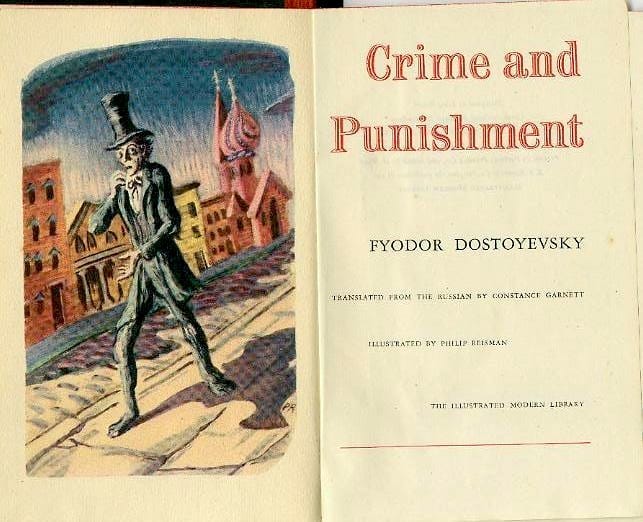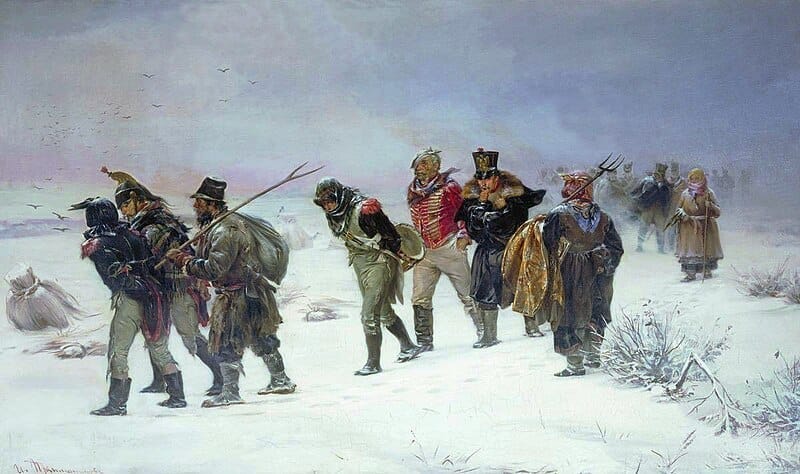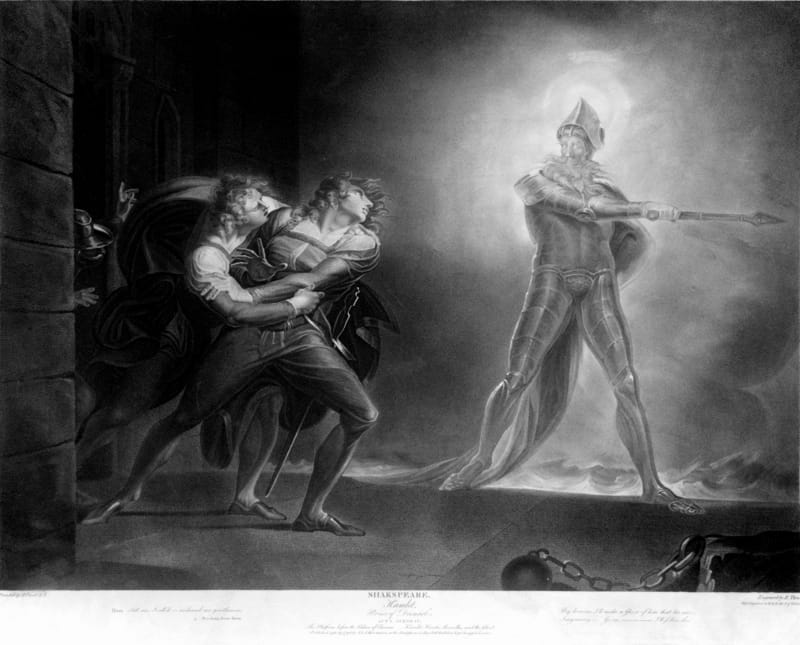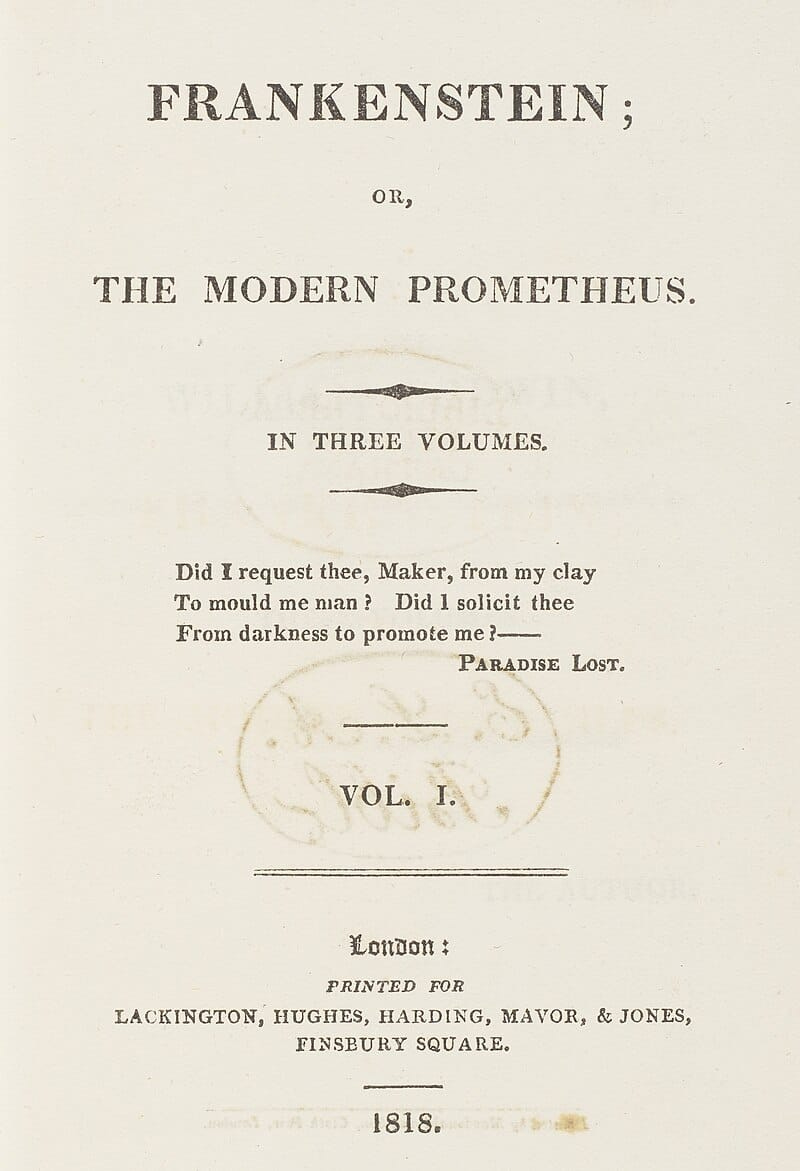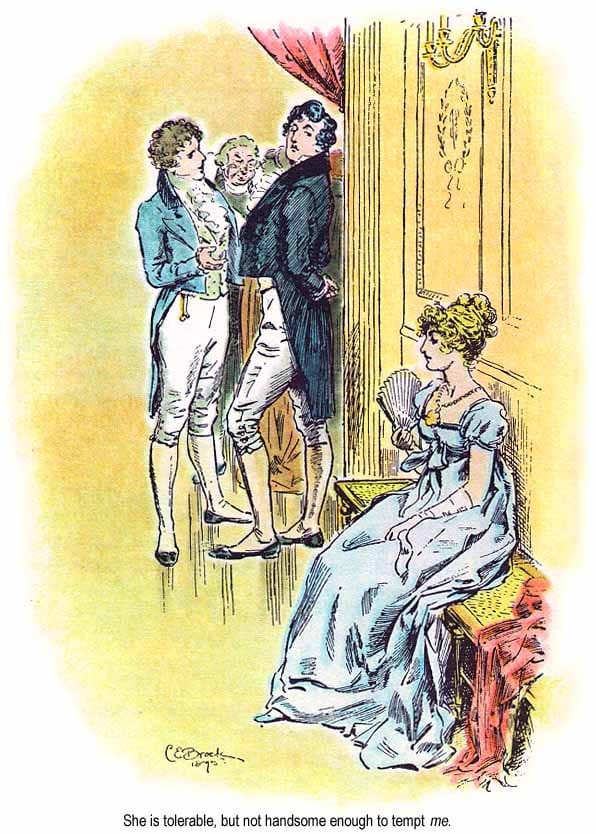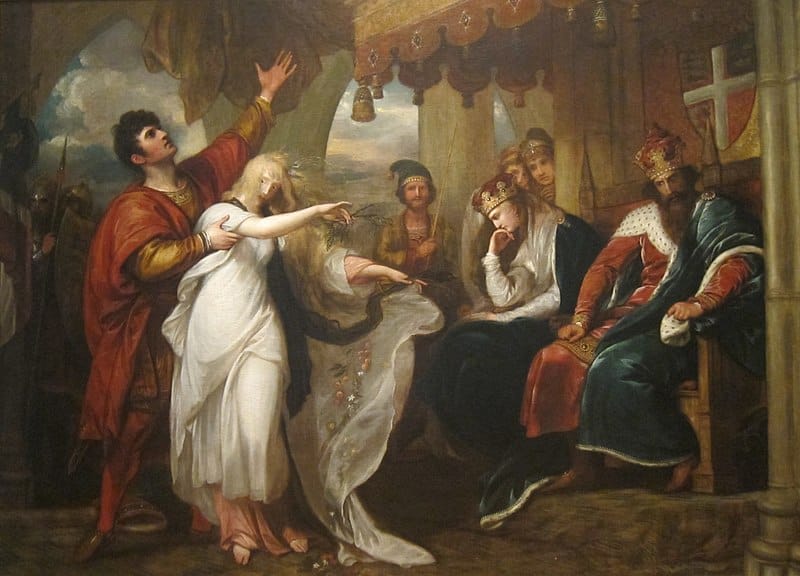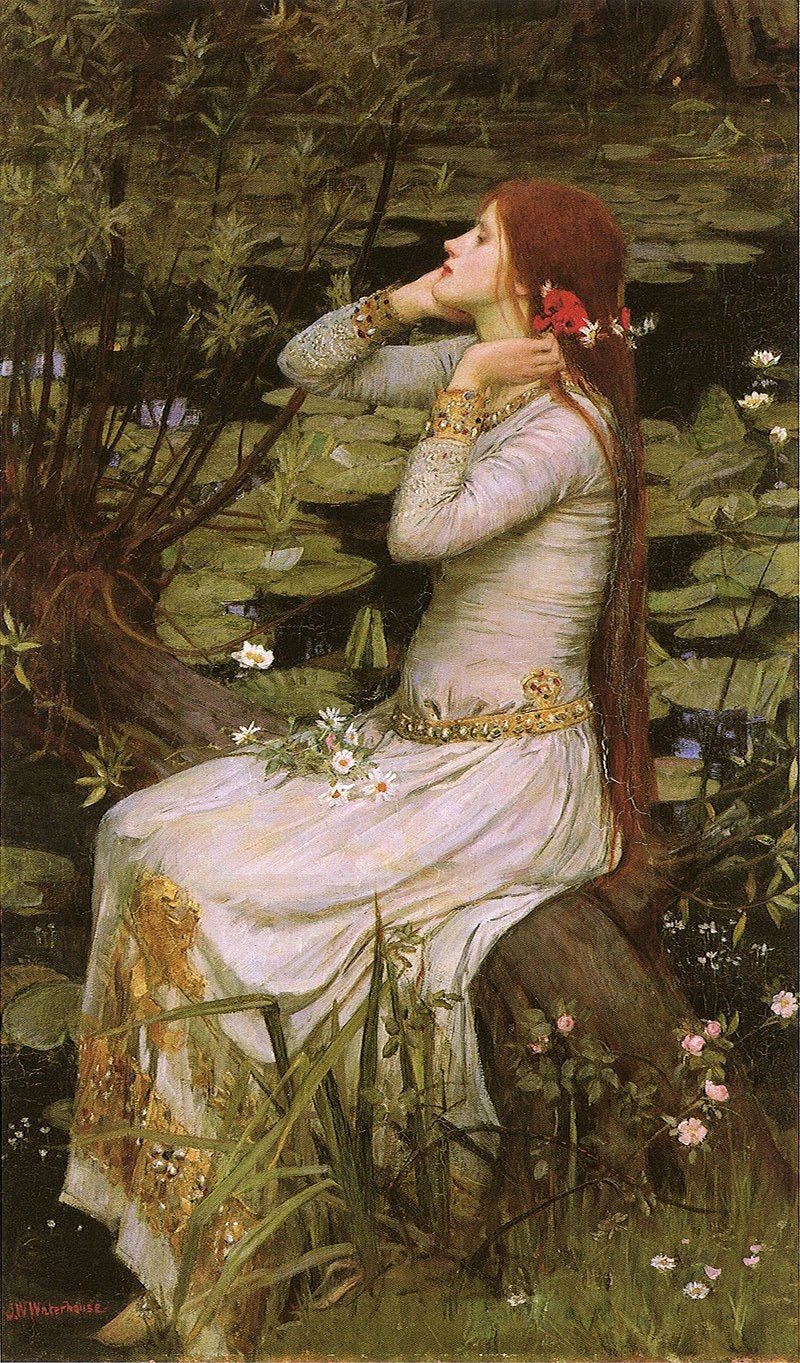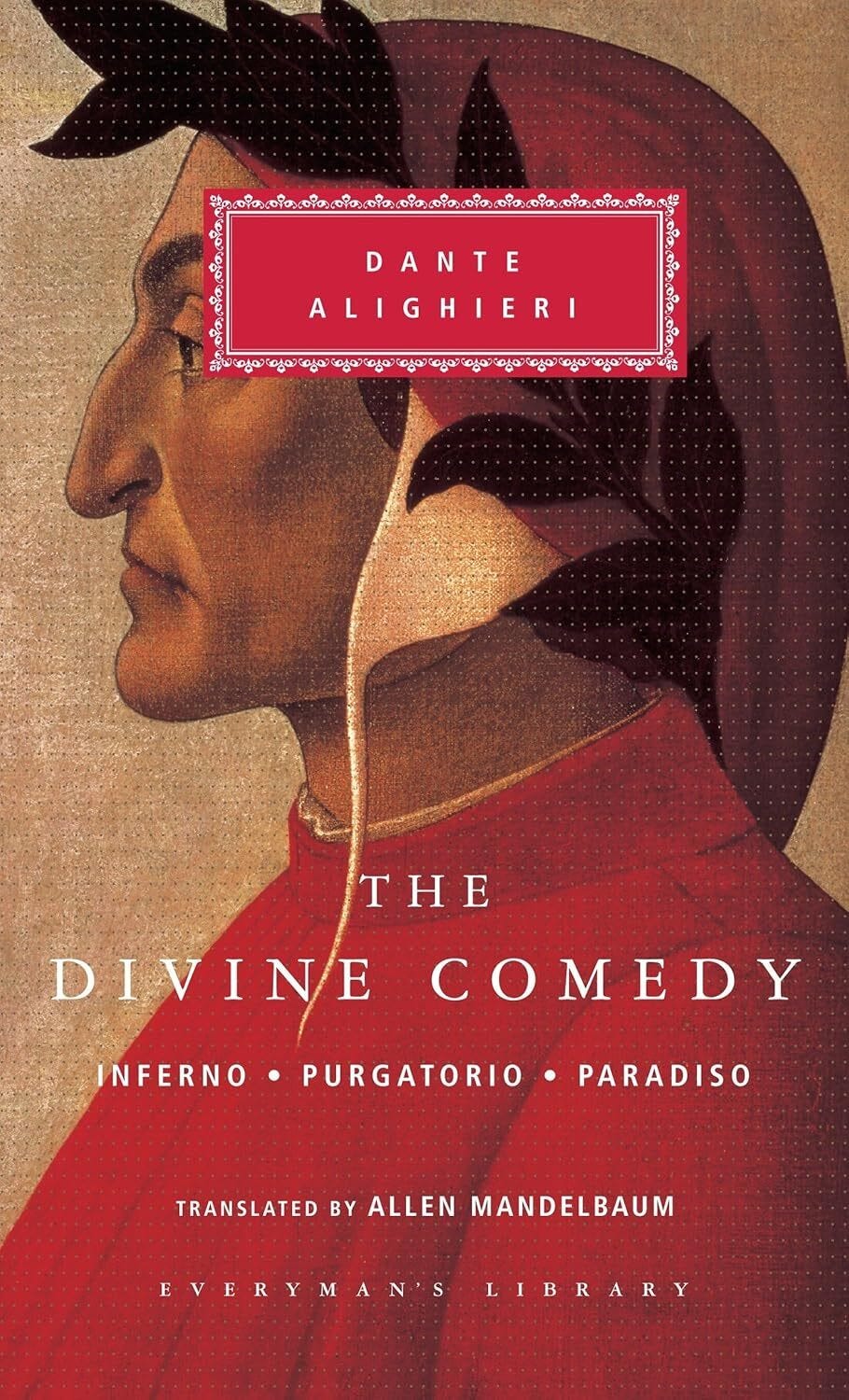Europe Wasn’t Built by Kings—It Was Written in Blood, Ink, and Memory
You can conquer a continent with swords, but only books can save its soul—and if we forget these stories, we forget who we ever were.
Table of Contents
They told us Classical Art was dead.
They lied.
These living painters prove the Old Masters never left—they just changed names. 🧵👇
What shapes a civilization—its wars, or its words?
In today’s edition, we explore the 15 books that didn’t just reflect Europe—they built it. From Dante’s descent into Hell to Orwell’s terrifying vision of control, these masterpieces reveal the soul of a continent forged not by empires, but by ideas. You’ll find the full list in the main feature.
And for premium subscribers: a journey through Irish art and culture, where myth bleeds into history, music echoes in stone walls, and every pub, painting, and ghost story tells you something deeper about Ireland’s enduring spirit.
Let’s dive in.
We measure time in wars and kings. But Europe’s soul wasn’t forged by rulers alone—it was carved into shape by stories. Some were whispered in cloisters, others shouted in revolution. But all of them outlived their authors. If you want to understand what made Europe Europe, you don’t start with its armies. You start with its books.

Let’s begin in Florence, where The Divine Comedy by Dante Alighieri doesn’t just describe hell—it walks you through it. Dante turned exile and heartbreak into an epic spiritual journey. Each step deeper into the Inferno was a mirror held up to the sins of his world. And at the end? A vision of paradise so radiant it still gives goosebumps.

From Italian fire, we shift to Spanish shadow. Miguel de Cervantes gave us Don Quixote, a book that begins as a parody of knights and becomes a meditation on madness, dreams, and dignity. Quixote tilts at windmills, but what he’s really fighting is a world that has lost its sense of wonder. Cervantes didn’t just mock chivalry—he mourned its death.
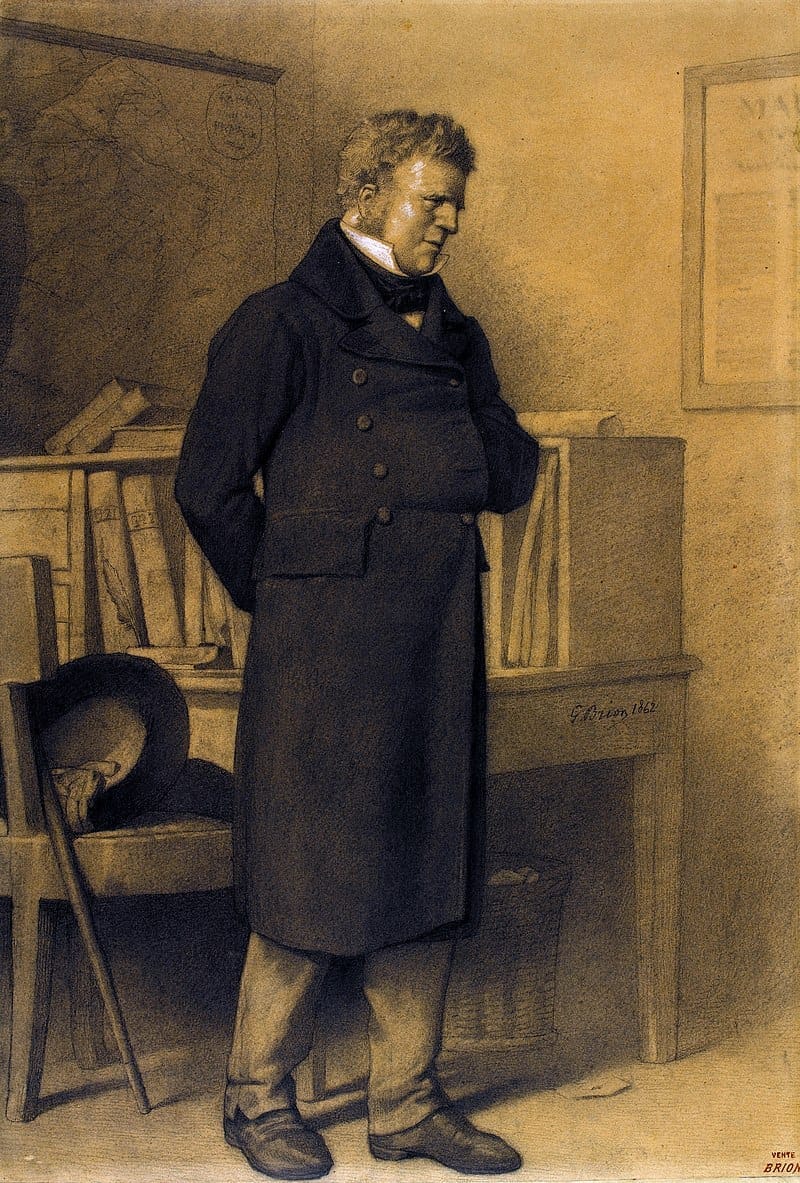
Then comes France, bloodied by revolution. Out of this chaos came Les Misérables by Victor Hugo—a novel so vast it contains saints and sinners, law and mercy, barricades and bread. At its heart is Jean Valjean, a man crushed and then redeemed by grace. Hugo teaches that even in a broken society, the human spirit can still shine.

Before that, in Enlightenment-era France, Voltaire wrote Candide, a savage satire masked as a cheerful romp. “All is for the best in the best of all possible worlds,” the characters repeat as everything burns around them. Voltaire wields humor like a scalpel, exposing the cruelty behind complacent optimism.
In Russia, darkness took a different shape. Crime and Punishment by Fyodor Dostoevsky drags you into the mind of a murderer. But it’s not a crime story—it’s a soul story. Raskolnikov doesn’t just kill a pawnbroker. He declares war on moral law itself. Dostoevsky's genius was to show that the battle between good and evil happens inside each of us.
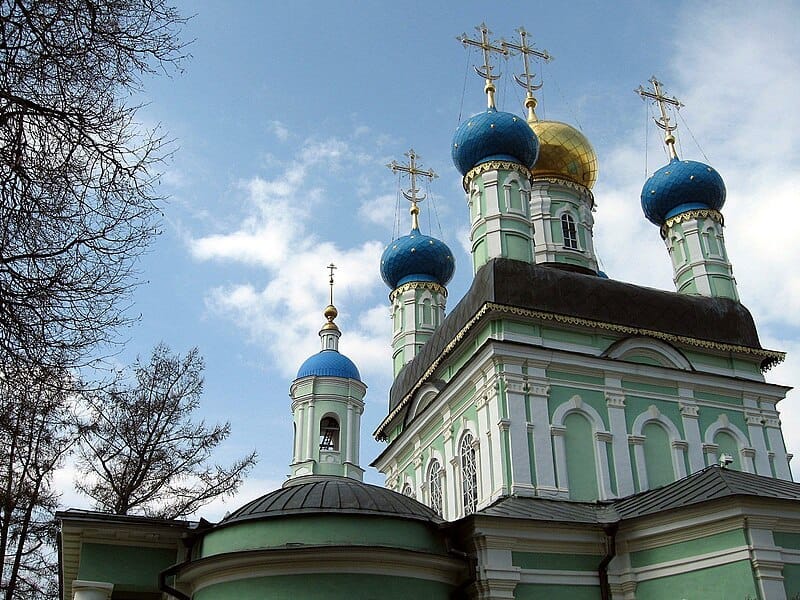
And then there is The Brothers Karamazov, Dostoevsky’s final and most sweeping work. It isn’t just about one murder—it’s about faith, freedom, and the chaos of a world without God. Each brother represents a different part of the European psyche: Ivan the intellect, Alyosha the spirit, Dmitri the passion. At its core is a terrifying question: if God is dead, is everything permitted?
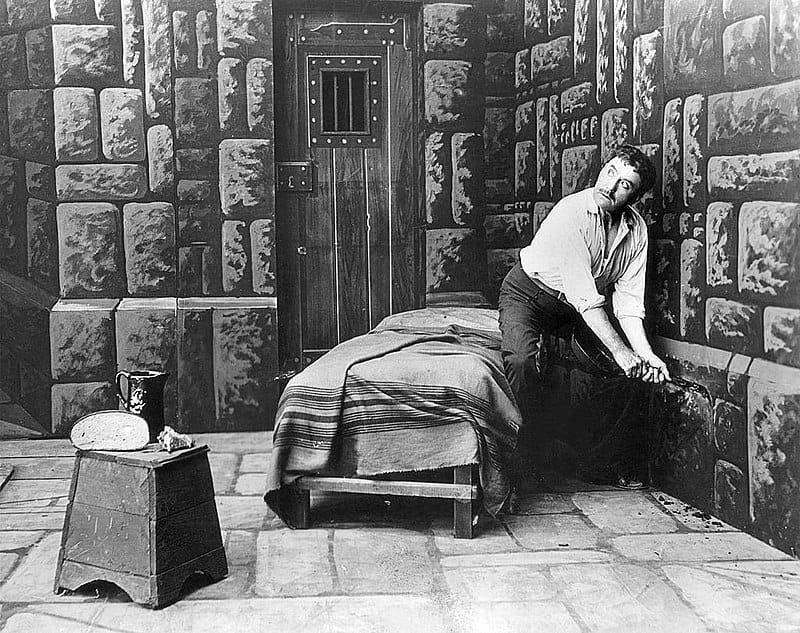
Alexandre Dumas gave us a different kind of epic with The Count of Monte Cristo. It’s a revenge story on the surface, but underneath, it’s about resurrection. Edmond Dantès loses everything—freedom, love, identity—then comes back from the grave with a new name and a quiet fury. Dumas shows us how injustice can destroy a man, but also how vengeance, if unchecked, can do the same.
Another Russian giant, Leo Tolstoy, gave us War and Peace. It’s not just about battles. It’s about how history feels when it smashes through families and friendships. Tolstoy didn't write characters—he wrote lives. He reminds us that history is not shaped by generals but by choices made at dinner tables, on fields, and in private anguish.
From the icy steppes to the damp fields of England, where William Shakespeare wrote Hamlet, a tragedy that has never stopped haunting the stage. Hamlet isn’t just a prince—he’s a mirror of every overthinking soul who’s paralyzed by truth. Shakespeare distilled all of Europe’s existential torment into a single soliloquy: “To be, or not to be…”
Not far from Shakespeare's England, Mary Shelley wrote Frankenstein—a Gothic nightmare that also predicted the future. In a storm of guilt, ambition, and grief, a young scientist creates life and becomes a god. But Shelley’s real warning is this: progress without conscience creates monsters.
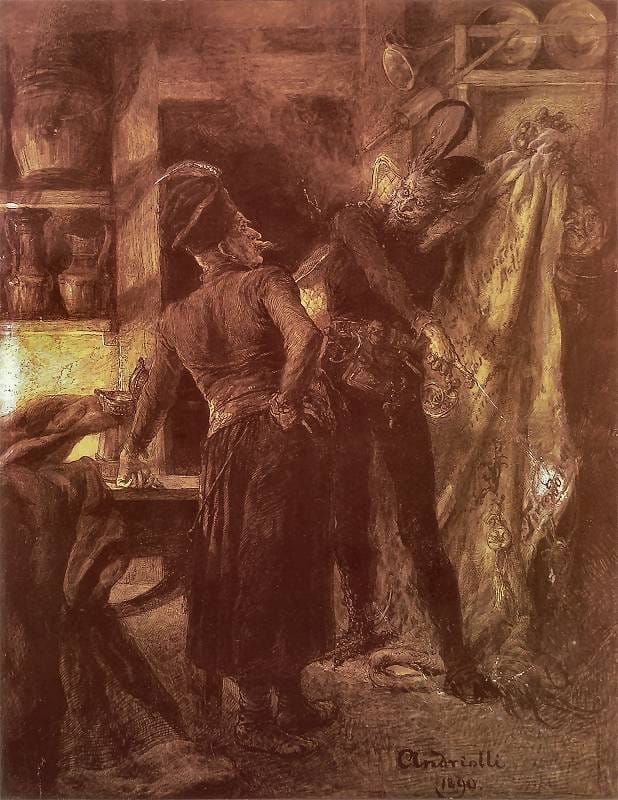
Meanwhile, in Germany, Johann Wolfgang von Goethe created Faust, the definitive tale of a man who trades his soul for knowledge. Faust isn't evil—he’s hungry. Hungry for meaning, beauty, power. And that hunger consumes him. Goethe’s masterpiece is Europe’s eternal question: what is the price of greatness?
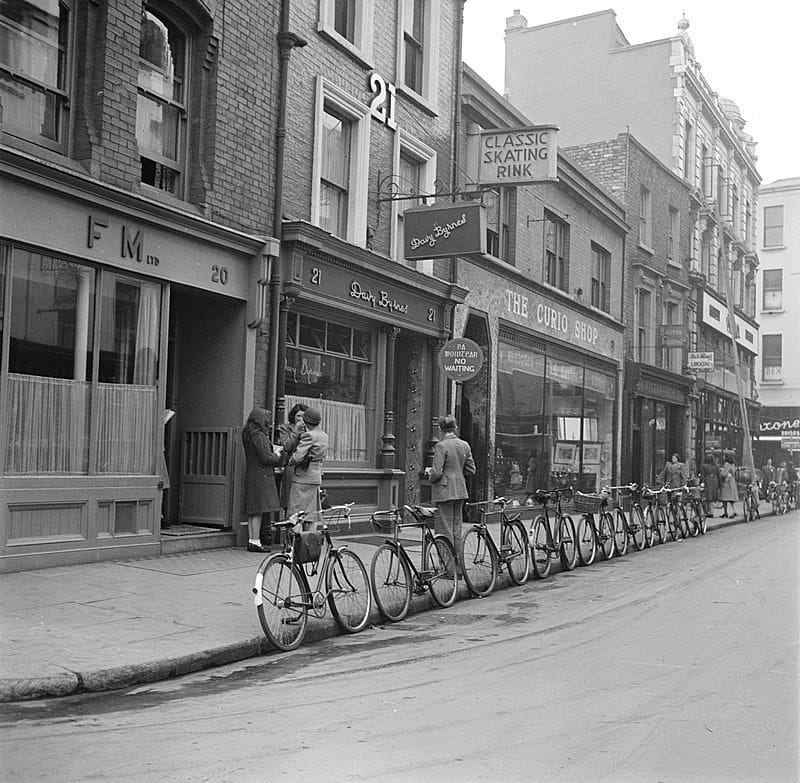
Jump to Ireland, where James Joyce exploded the rules of writing with Ulysses. It’s one day in Dublin—but it feels like all of history wrapped in stream-of-consciousness. Joyce forces you to slow down, to live inside a mind. He turns a walk-through town into an epic, because to him, even the ordinary is divine.

Back in England, George Orwell saw where Europe’s future might lead. 1984 is a dystopia, but not just that—it’s a prophecy. Orwell showed how truth could be rewritten, how language could become a weapon, how control could become invisible. He wrote it as a warning. We read it now and wonder if he was too kind.
Another English giant, Jane Austen, gave us Pride and Prejudice, a novel of manners, yes—but also of courage. Elizabeth Bennet isn't just witty—she’s a quiet revolutionary. Austen wrote in drawing rooms, but her words cracked class barriers and gave generations of women a voice.
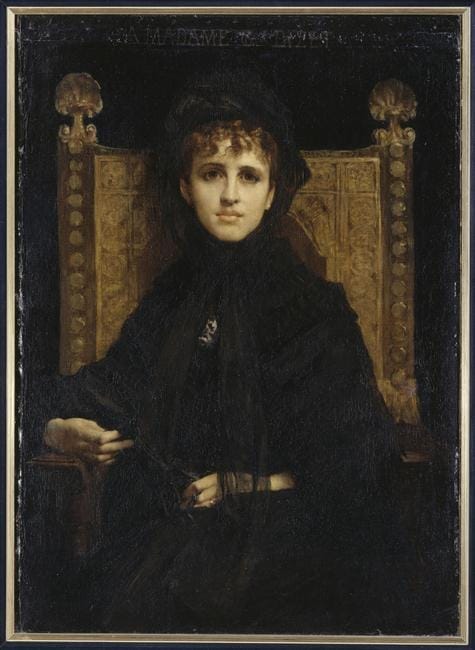
Finally, we return to France. Marcel Proust, in In Search of Lost Time, captured what it means to remember. It’s not an easy book. But if you let it, it opens a door into the deepest corners of the human mind. A madeleine dipped in tea becomes a time machine. Proust doesn’t just describe memory—he makes you feel it.
These books weren’t written to entertain. They were written to endure. To challenge. To comfort. To haunt. Each one is a monument—not of stone, but of spirit. And if we forget them, we lose more than culture. We lose who we are.
“To be, or not to be: that is the question: Whether 'tis nobler in the mind to suffer The slings and arrows of outrageous fortune, Or to take arms against a sea of troubles, And by opposing end them? To die: to sleep; No more; and by a sleep to say we end …”
Hamlet, Act III, Scene I by William Shakespeare
Share the Culture Explorer newsletter with two friends or family members and unlock one month of Premium access. Want to support us directly? Grab a monthly or yearly membership and help keep the journey going!
Art
Europe wasn’t just built by kings and armies.
It was carved by stories.
Ink, not iron, shaped its soul.
Here are the 15 books that made Europe what it is and we should read them at least once in our lives. 🧵👇
The Divine Comedy
Keep reading with a 7-day free trial
Subscribe to The Culture Explorer to keep reading this post and get 7 days of free access to the full post archives.


